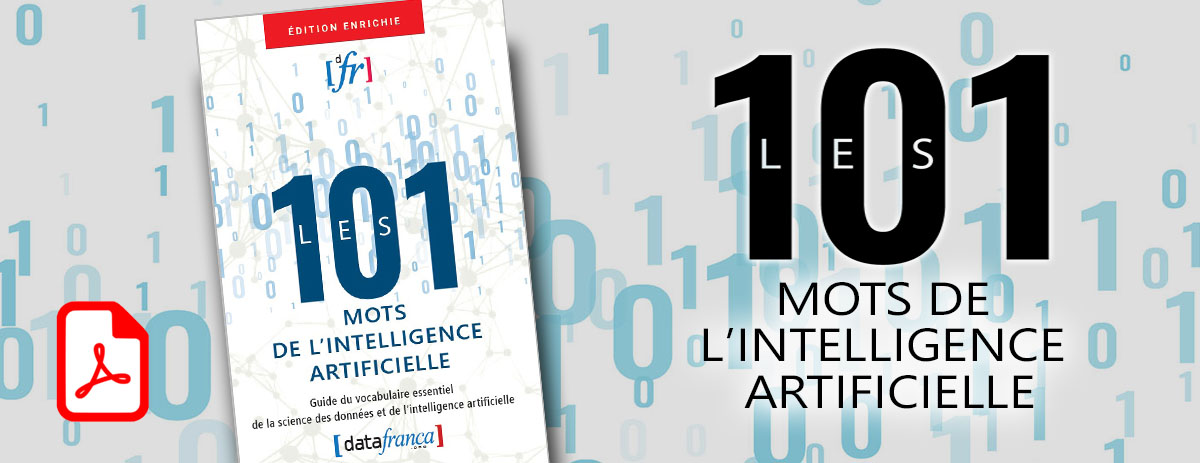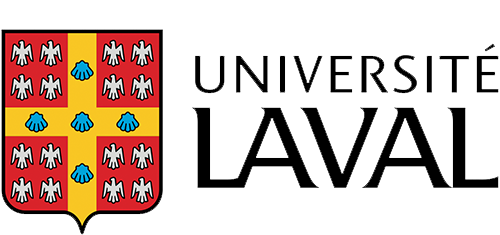« Distillation défensive » : différence entre les versions
(Page créée avec « ==en construction== == Définition == XXXXXXXXX == Français == ''' XXXXXXXXX ''' == Anglais == ''' Defensive Distillation ''' Defensive distillation is an adversarial... ») |
m (Remplacement de texte : « ↵↵↵==Sources== » par « ==Sources== ») |
||
| (6 versions intermédiaires par 2 utilisateurs non affichées) | |||
| Ligne 1 : | Ligne 1 : | ||
== Définition == | == Définition == | ||
La distillation défensive est une technique d'entraînement contradictoire qui ajoute de la flexibilité au processus de classification d'un [[algorithme]] afin que le ¸[[modèle]] soit moins susceptible d'être exploité. Dans la formation par distillation, un modèle est formé pour prédire les probabilités de sortie d'un autre modèle qui a été formé sur une norme antérieure, de base, pour mettre l'accent sur la précision. | |||
== Français == | == Français == | ||
''' | '''distillation défensive''' | ||
== Anglais == | == Anglais == | ||
''' | '''defensive distillation''' | ||
==Sources== | |||
[https://deepai.org/machine-learning-glossary-and-terms/defensive-distillation Source : DeepAI.org ] | [https://deepai.org/machine-learning-glossary-and-terms/defensive-distillation Source : DeepAI.org ] | ||
[[Catégorie: | [[Catégorie:GRAND LEXIQUE FRANÇAIS]] | ||
Dernière version du 29 janvier 2024 à 11:12
Définition
La distillation défensive est une technique d'entraînement contradictoire qui ajoute de la flexibilité au processus de classification d'un algorithme afin que le ¸modèle soit moins susceptible d'être exploité. Dans la formation par distillation, un modèle est formé pour prédire les probabilités de sortie d'un autre modèle qui a été formé sur une norme antérieure, de base, pour mettre l'accent sur la précision.
Français
distillation défensive
Anglais
defensive distillation
Sources
Contributeurs: Claire Gorjux, wiki










